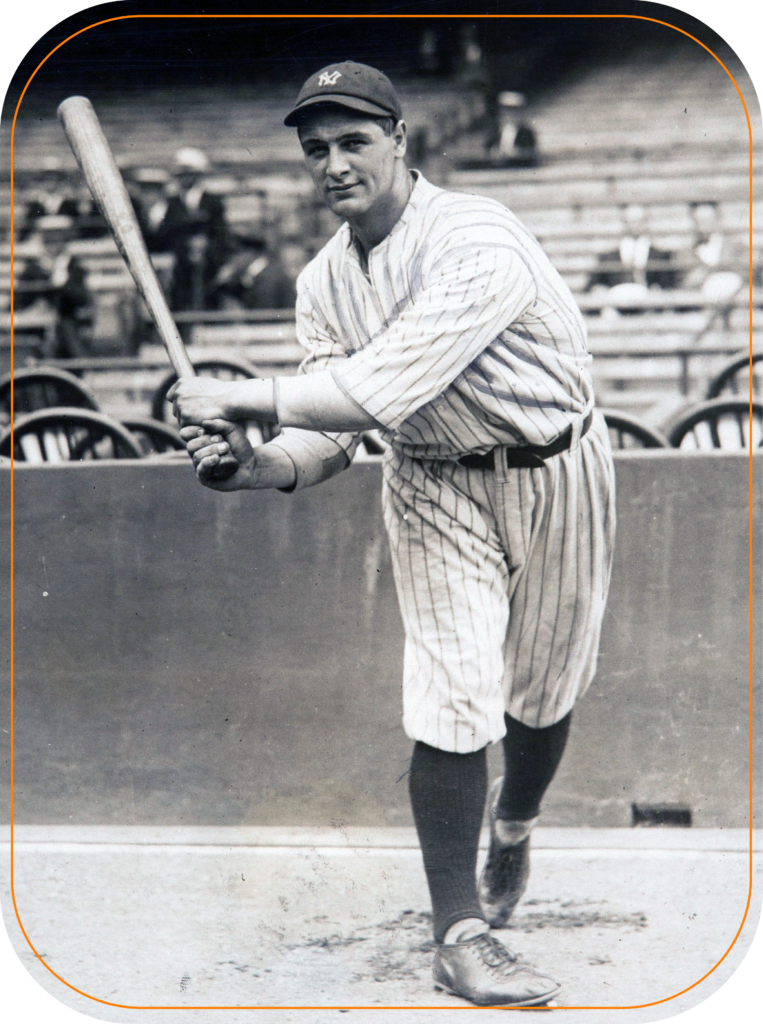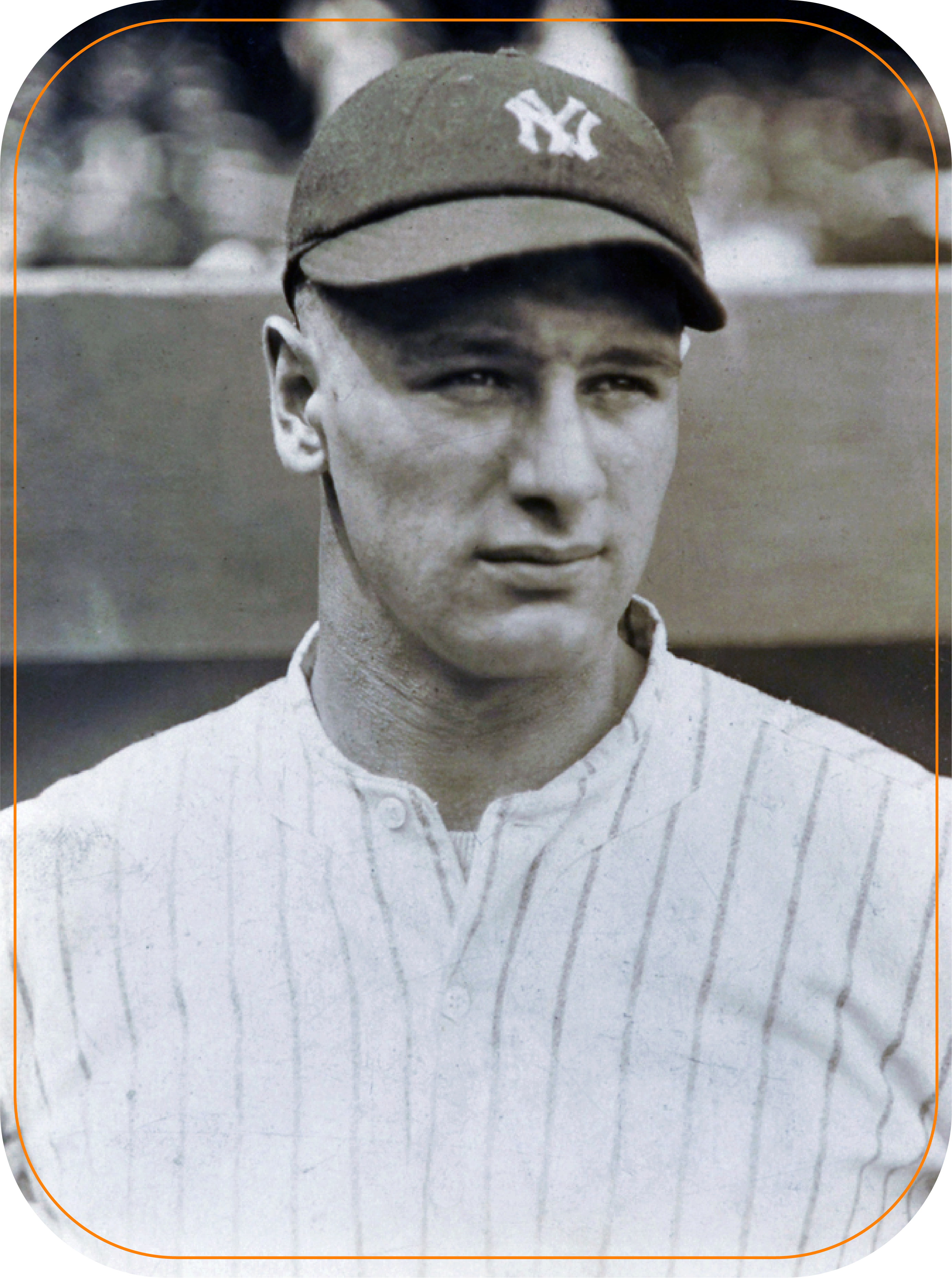Lou Gehrig’s Disease
Why Is ALS Sometimes Referred To As “Lou Gehrig’s Disease”?
Lou Gehrig played professional baseball with the New York Yankees for 17 years and received the moniker “The Iron Horse” due to his ability to play baseball despite suffering from a variety of injuries.
Born in New York City to the son of German immigrants, Heinrich and Christina Gehrig, Gehrig attended Columbia University on a football scholarship to study engineering, yet he also played the sport for which he is best known during his tenure at the Ivy League school.
A baseball scout signed Gehrig to the Yankees in 1923 due to his remarkable hitting skills. He held various positions on the team until his retirement, including shortstop and outfielder; however, many know him best as the Yankees’ first baseman.
Gehrig garnered many achievements in his career. He hit 493 home runs; held the record for most grand slams in a career (23) until 2013; and established a record for playing 2,130 consecutive professional baseball games. The Yankees also made him the first athlete to have a jersey number retired.


